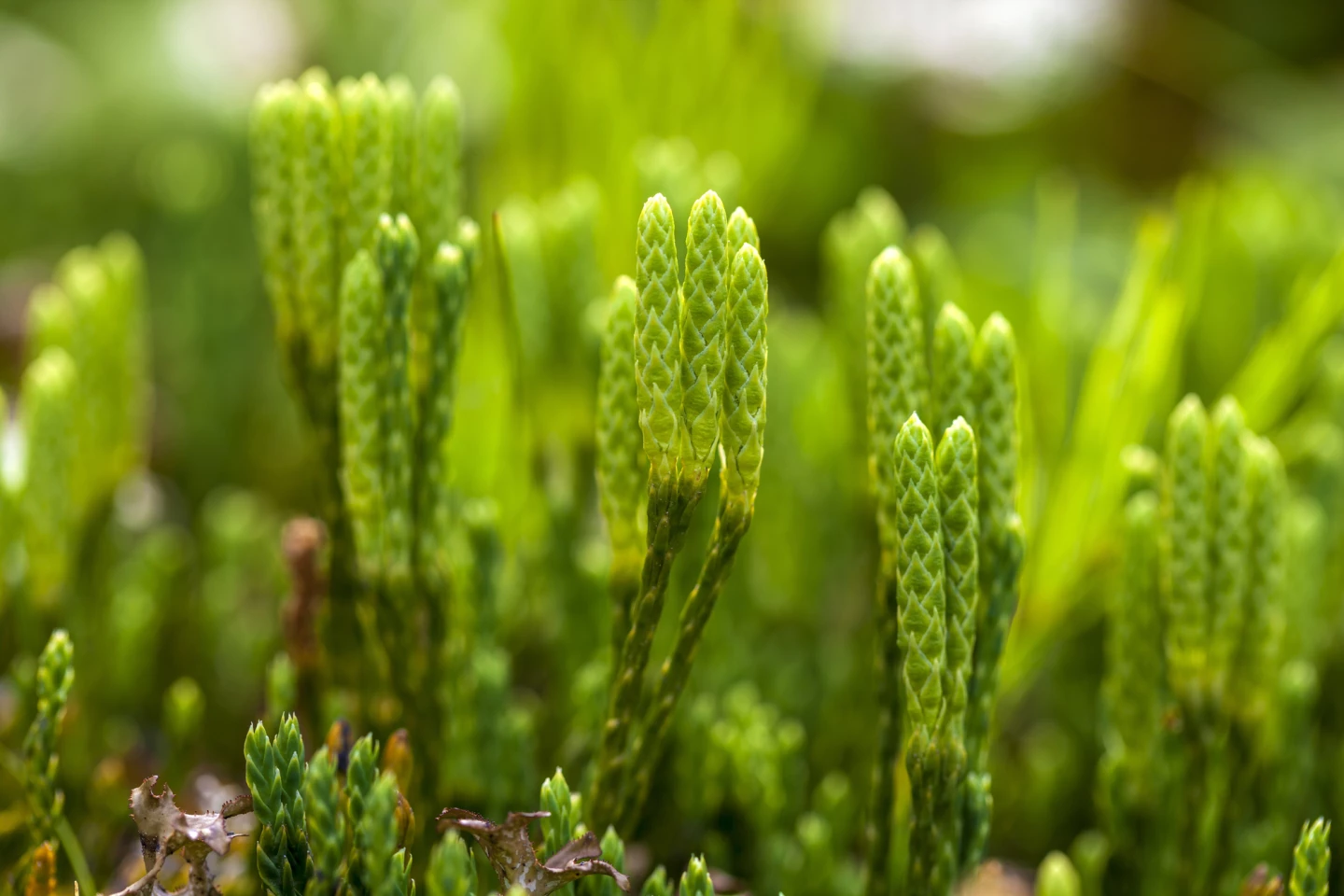If you want to stop potholes from forming in asphalt roads, you've gotta get 'em while they're still just tiny cracks. A new self-healing asphalt could one day do that very thing, utilizing spores obtained from moss.
The experimental material is currently being developed by scientists from Swansea University and King's College London in the UK, working with colleagues from the University of Bío-Bío in Chile.
The researchers started by utilizing machine learning algorithms to model the manner in which bitumen (the sticky black stuff in asphalt) oxidizes and hardens in response to environmental factors. Once it has hardened past a certain threshold, the bitumen cracks instead of stretching when subjected to heavy loads.
In order to heal the initial micro-cracks before they can form into larger cracks – and ultimately into potholes – there needs to be a way of rejuvenating the oxidized bitumen. That's where the spores come in.
The scientists started by obtaining spores from the stag's horn clubmoss plant (Lycopodium clavatum). Utilizing a variety of chemical treatments, the researchers were able to remove the reproductive cells from within those spores, leaving them hollow.

Next, utilizing vacuum and centrifugal encapsulation techniques, the scientists loaded the spores up with payloads of sunflower oil. The loaded spores were then added to bitumen, which was in turn used in the production of small pieces of asphalt.
When the asphalt samples were subjected to conditions that caused micro-cracks to form in the bitumen, the spores within those cracks ruptured and released the sunflower oil. That oil rejuvenated the oxidized bitumen, causing the cracks to disappear in less than one hour.
"In our research, we want to mimic the healing properties observed in nature," says King College London's Dr. Francisco Martin-Martinez. "For example, when a tree or animal is cut, their wounds naturally heal over time, using their own biology. Creating asphalt that can heal itself will increase the durability of roads and reduce the need for people to fill in potholes."
A paper on the research was recently published in the journal ACS Applied Materials & Interfaces.
Source: Swansea University





